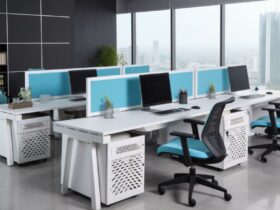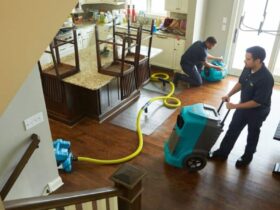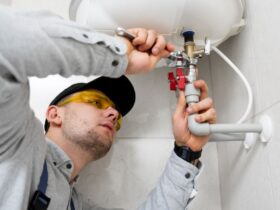A clean roof protects and enhances a home’s curb appeal. It also helps to keep a structure in good condition, minimizing damage and reducing maintenance costs.
Moss, mildew, and lichen growth not only spoil the look of a roof but can also cause water damage to the structure below and void warranties. Regular cleaning removes irritants and prevents these growths from returning.
Debris Removal
Every structure has a roof to protect the inhabitants from sun and rain. Unfortunately, as time passes, dirt, moss, and algae can build up on the surface of your roof.
This deteriorates the shingles and can lead to problems such as moisture damage, leaks, and rotting wood in the ceiling or walls. Regular cleaning can prevent this from happening.
A professional roof cleaning service will use low-pressure washing to remove moss, algae, and other contaminants. They also use a biocide that inhibits the future growth of moss, algae, and lichen.
The high water pressure used in a power washer can damage your roof and even void your roof warranty. A professional cleaner will use a machine with low water pressure, and a nozzle that can be controlled by hand to remove the contaminates without harming your roof or surrounding greenspace. This method can be particularly useful in shady areas where moss often grows.
Algae Removal
Algae growth on shingles, window frames, and walls is unsightly and can damage siding, clog gutters, and contribute to the breakdown of shingles. It’s caused by algae spores carried by wind and birds and can worsen in areas where water and sunlight are abundant. The spores absorb rather than reflect the sun’s heat, which makes your home warmer and causes higher cooling bills.
If the algae is light, it can be wiped off with a sponge, soapy water, or a soft brush. You can mix a cleaning solution from powdered laundry detergent or oxygen bleach if it’s thicker. Apply the cleaner to dry siding and let it soak in for 10 to 15 minutes. If you do pressure washing with a pressure washer/garden hose, spray the surface with it to rinse off the cleaner residue. Rinse again if needed. A good cleaning job can reduce the need for a power wash next time and keep your yard looking better.
Pressure Washing
Pressure washing is a much faster, more effective way to clean surfaces than simply scrubbing. This is especially true for roofs and other outdoor structures where dirt, moss, algae, mildew, mold, and other debris can build up and create ugly stains on exterior walls, windows, doors, driveways, patios, and decks. Popular Mechanics notes that a professional pressure washer can use a variety of nozzles and adjustments to control the amount of water being used and restrict or loosen staining material.
Before starting a pressure wash, ensure all items are removed from the area to be cleaned and that any plants and other landscaping or decorations that could become projectiles during the wash are covered with tarps. It is also important to shut off and cover any exterior outlets, doorbells, or light fixtures in the vicinity so that water and electricity don’t mix. Having your gutters professionally cleaned while you’re at it is a good idea.
Soft Washing
Although the roof stays out of sight, a dirty-looking one is aesthetically displeasing and can compromise the structure’s integrity. Cleaning your roof regularly can prevent grime buildup and help it last longer.
Knowing the difference between soft and pressure washing is essential when washing a roof. Power washing blasts high-pressure water to remove debris, mold, mildew, and moss. This is damaging to most roofing materials and can void your roof warranty.
Soft washing uses low-pressure to wash surfaces with a solution that includes detergents, algaecides and fungicides. This method is best for cedar shake, shingles, stucco, and coquina. It’s also recommended for screens, enclosures and lanais, outdoor wood furniture, rooted plants, vinyl siding, and wooden decks and fences. Before applying the cleaning solution, it is advisable to wet any plants thoroughly and to move outdoor furniture out of the way. Also, wear slip-resistant shoes and a mask to protect yourself from the bleach and other chemicals used in this process.






